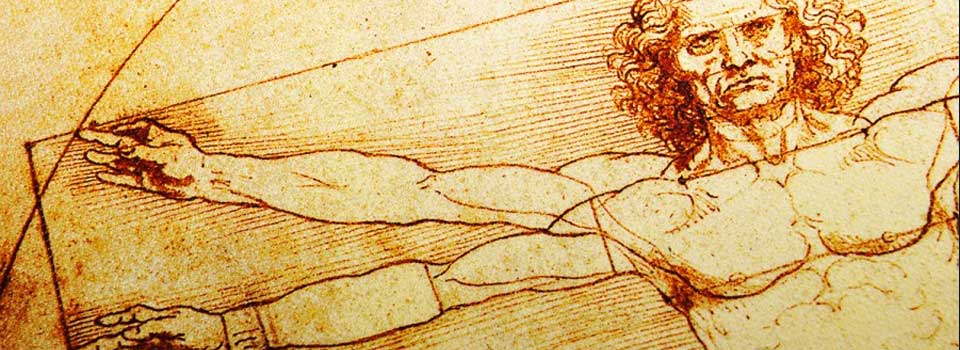Chiropractic is a non-invasive, hands-on health care discipline that focuses on the neuromusculoskeletal system. Chiropractors practice a manual approach. Doctors of Chiropractic are specifically trained to detect and correct problems in the spine, often before the patient is even aware they exist.

What is Wellness Chiropractic?
More often than not, when we tell someone that we are a chiropractic office, they immediately associate our vocation with neck and/or back pain. What many do not realize, however, is that chiropractic is a health care modality that provides significantly more than just a solution for pain.
History of Chiropractic
Chiropractic history can be traced to Hippocrates (c. 460 BC to 370 BC) who stipulated that disease is a product of environmental factors, diet, and living habits. He ultimately believed that the body possesses the power to heal itself.
Centuries later, in 1895, D.D. Palmer performed the first chiropractic adjustment on a janitor, Harvey Lillard. Palmer thought that the janitor’s deafness stemmed from a misalignment of vertebrae in his spine. After restoring his spine back to its normal position, Lillard’s hearing improved. It was this infamous incident along with extensive research that lead to Palmer’s theory that realigning vertebrae in the spine can restore the health. His theory culminated in the opening of the world’s first chiropractic school in 1897, in Davenport, Iowa—the Palmer College of Chiropractic.
About Chiropractic
Chiropractic, the world’s foremost natural healthcare science, is rooted in history as far back as the ancient Greeks. But most significantly, in the late 1800s, the spine and nerve system were given specialized, intense research and study. Daniel David (D.D.) Palmer, tutored in his youth in the classics and health sciences. Later a teacher himself, he was a man with an investigative nature whose intellect focused on the healing arts. After years of studying human health and disease, he formed a hypothesis and systematized the knowledge upon which the modern chiropractic science, art and philosophy are based.
Chiropractic concerns itself with the relationship between structure (primarily the spine) and function (primarily coordinated by the nervous system) of the human body and how that relationship affects the restoration and preservation of health.
Chiropractic employs neither drugs nor surgery. It is concerned with the entire environment of the body and is based on a properly functioning nervous system, which begins with the brain and courses through the spinal cord encased within the spinal column. No part of the body escapes the dominance of the nervous system. Spinal biomechanical dysfunction — improper function of the spine due to slight misalignments called subluxations — can cause a state of poor health in an area far removed from the spine and spinal cord itself. It can also reduce the ability of the body to adapt to an ever-changing environment. The slightest malfunction of the spine may alter the regular transmission of nerve impulses, preventing that portion of the body from responding with its full inherent capacity.
A chiropractic spinal adjustment (the application of a precise force to the specific part of the spinal segment) corrects the vertebral subluxation, permitting normal nerve transmission, innate recuperative capability and effective health and adaptation of the person.
